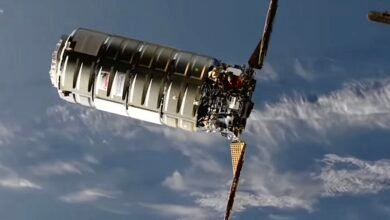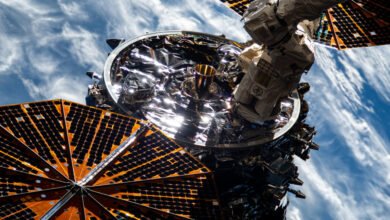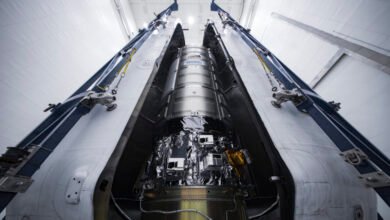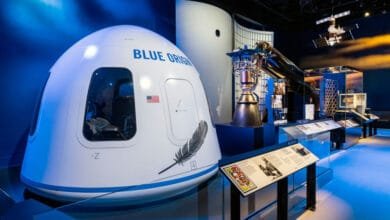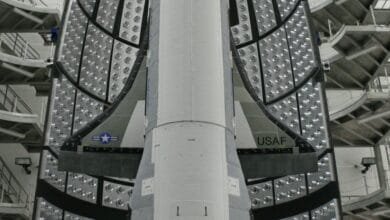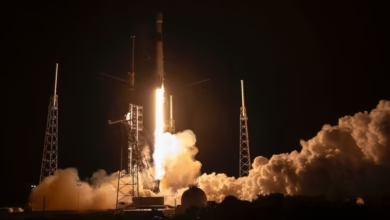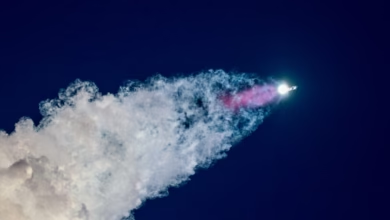SpaceX Launches NASA Satellites to Study Space Weather Origins

▼ Summary
– Two NASA satellites launched aboard a SpaceX Falcon 9 rocket to study polar cusps, a poorly understood space physics phenomenon, as part of the $170 million TRACERS mission.
– The TRACERS mission will measure plasma conditions in Earth’s polar cusps, which play a key role in aurora formation and space weather effects.
– Geomagnetic storms caused by solar activity can disrupt GPS, communications, and power grids, with past events causing significant economic losses and satellite damage.
– A 24-hour launch delay occurred due to a power outage affecting air traffic control, forcing SpaceX to reschedule from Tuesday to Wednesday.
– NASA emphasizes the importance of studying solar activity and space weather due to its significant impacts on Earth’s technology and infrastructure.
A SpaceX Falcon 9 rocket successfully delivered two NASA satellites to orbit this week, marking the start of a groundbreaking mission to investigate the origins of space weather phenomena. The $170 million project aims to unravel mysteries surrounding Earth’s polar cusps, unique regions in our planet’s magnetic field where solar plasma interactions create dazzling auroras and potentially disruptive geomagnetic storms.
The TRACERS mission, short for Tandem Reconnection and Cusp Electrodynamics Reconnaissance Satellites, will spend at least a year gathering data on plasma behavior in these critical zones. Located near Earth’s poles, polar cusps act as funnels for solar wind particles, channeling energy into the upper atmosphere. While this process produces the mesmerizing northern and southern lights, it also fuels space weather events capable of crippling satellites, disrupting communications, and even damaging power grids.
Solar flares and coronal mass ejections often trigger these disturbances, sending massive waves of charged particles toward Earth. When these bursts collide with our magnetic field, the results can be both spectacular and hazardous. Last year, an intense geomagnetic storm interfered with GPS signals, costing the agriculture sector over $500 million in delayed planting. Similarly, heightened solar activity in 2022 led to the premature demise of 40 SpaceX Starlink satellites shortly after launch.
“Many people don’t realize how deeply space weather impacts daily life,” noted Joe Westlake, head of NASA’s heliophysics division. “From navigation systems to power infrastructure, these solar-driven events have real-world consequences.”
Originally scheduled for Tuesday, the SpaceX launch faced a 24-hour delay due to a power outage affecting air traffic control systems near Vandenberg Space Force Base in California. With just seconds remaining in the countdown, mission controllers scrubbed the attempt before successfully sending the TRACERS satellites skyward the following day.
By studying polar cusp dynamics, scientists hope to improve space weather forecasting, giving industries and governments more time to prepare for solar storms. The data collected could also enhance our understanding of how Earth’s magnetic shield interacts with the Sun’s relentless energy, a relationship that shapes both the beauty and risks of space weather.
(Source: Ars Technica)

